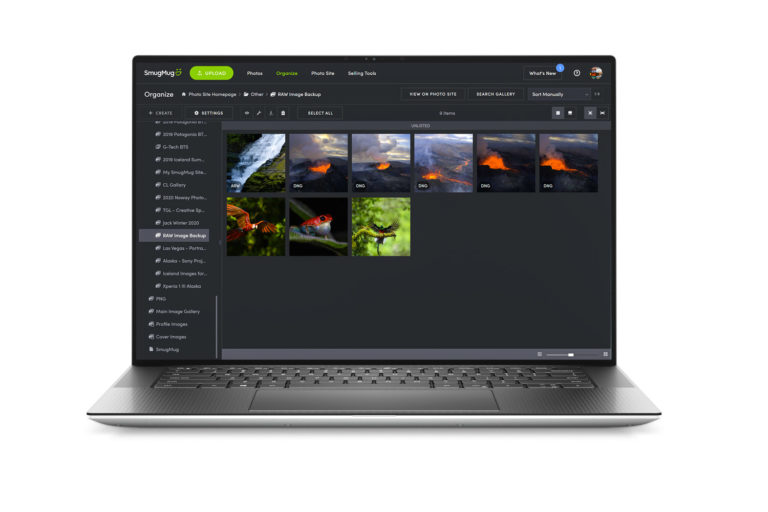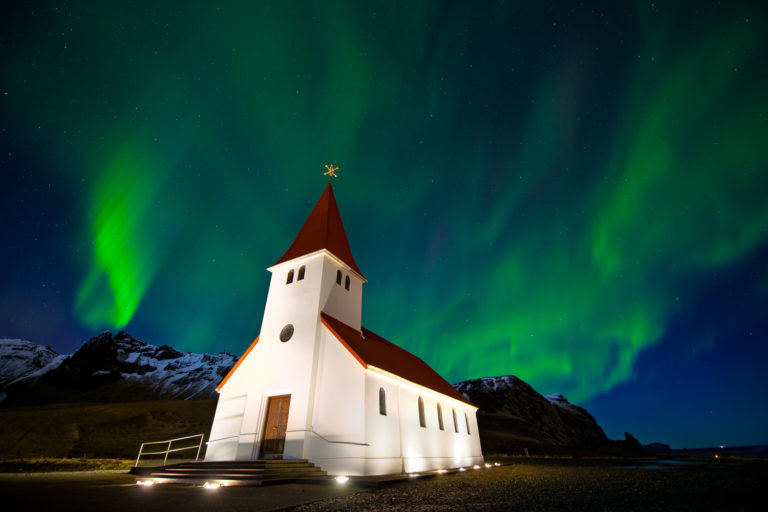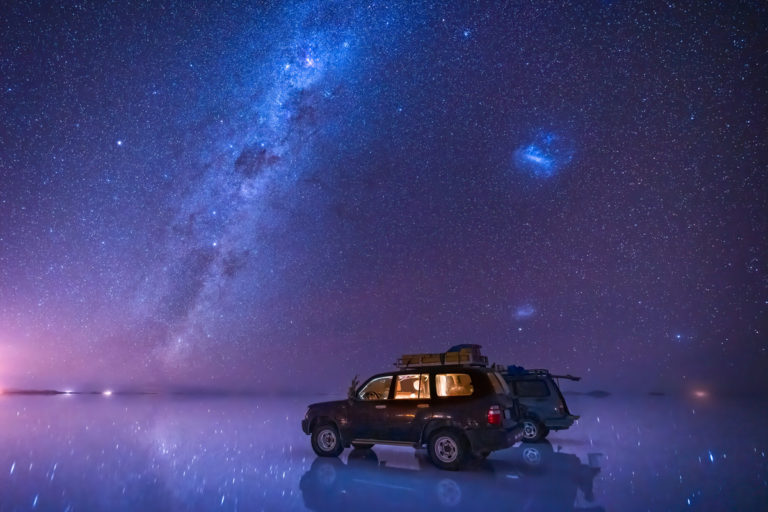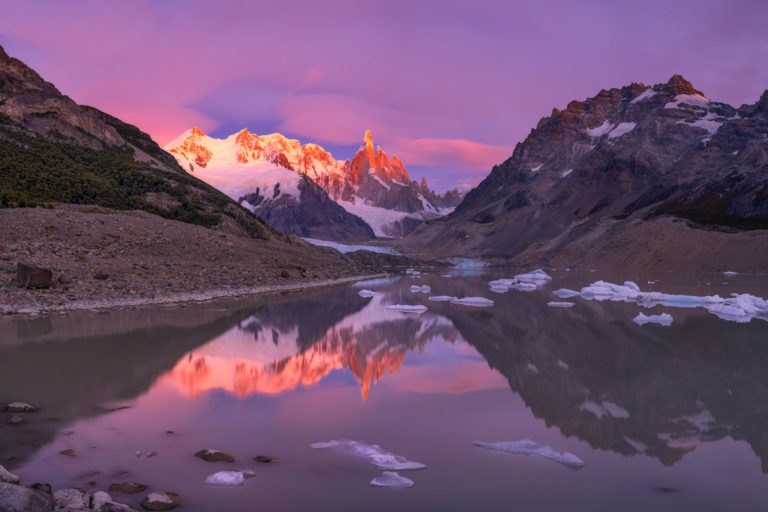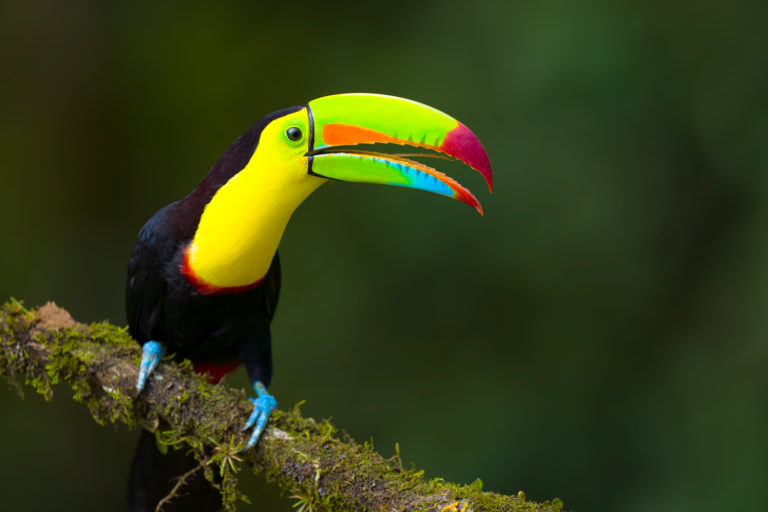When it comes to visiting Australia, there are a number of incredible places worth exploring. From the skylines of Sydney to the wild beauty of Tasmania and the incredible coastlines found around Queensland, Australia as a whole has a lot to offer every kind of traveler and photographer. However, after visiting Australia multiple times over the last 10 years, it is safe to say that the Northern Territory (often called the NT for short) has quickly become one of my favorite destinations in the land of Oz.
Covering a vast array of land (1.421 million KM), the NT contains some of Australia’s most impressive sights and experiences. With amazing wildlife opportunities around World-Heritage listed Kakadu National Park and impressive waterfalls and wading pools at Litchfield National Park – and with the historical and spiritual significance of places like Uluru in the Red Centre, the NT is a photographer’s paradise that shouldn’t be missed. That is why I have put together this extensive guide to help you plan your own photographic adventure!
When to Visit

Trying to decide when to visit the NT is not as straightforward as one might think. This is because the Northern Territory is large, covering ground from Uluru in the Red Centre all the way up above the city of Darwin in the far north of Australia. In order to truly be accurate, we must break the NT into two main sections, the Top End and the Red Center. The best time to visit either region can vary, even if just slightly, depending on the focus of your trip and what you hope to experience.
Top End
When compared to the Red Centre, the Top End is certainly the more tropical of the two. It is home to the bustling northernmost city of Darwin, incredible national parks (Kakadu, Nitmiluk & Litchfield) and neighboring Arnhem Land which, which is protected Aboriginal land, full of some incredibly rich Aboriginal cultural sites and experiences.
The Green Season
From November through April, you will find the Top End in the “wet season”. With its tropical climate, you can expect a good amount of rainfall and humidity. Temperatures range from 77 to 95 degrees Fahrenheit, along with a relatively consistent humidity of 80 percent and above.
However, with the rains, you will also find incredibly lush landscapes, waterfalls at full-flow and impressive lightning storms that would make any adventurous photographer smile. Most roads are still open but you should check local reports for any road closures because of the weather.
The Dry Season
From May to October, the Top End experiences its “dry season”. Here you will find temperatures from 70 to 90 degrees Fahrenheit, but a much dryer heat.
Because of this, you can expect the dry season to be the busiest months of the year to visit this part of the NT, especially from June through August. Here you will find plenty of festivals, events, and outdoor activities to keep you busy, such as the Darwin Festival, Mindil Markets and Deckchair cinema. The shoulder season of September and October typically offer smaller crowds and more lodging availability as schools in Australia begins to start back up and domestic tourism starts to slow down a bit.
The Red Centre
As the heart of Australia, the iconic Red Centre is home to deserts, mountains, gorges and incredibly beautiful spiritually significant sites. Popular locations within the Red Centre include Uluru, Kata Tjuta (both of which lie within Uluru-Kata Tjuta National Park), Kings Canyon in Watarrka National Park, West MacDonnell Ranges and Alice Springs (the second largest town outside Darwin in the NT).
What About the Temperature Swing?
While you often don’t have to worry about rain in the Red Centre, the temperature swing can be pretty incredible. In the summer, you can see temperatures rise above 104 degrees Fahrenheit (40 degrees C) while winter nights can often dip below 32 degrees Farenheight (0 degrees C). Humidity can also swing fairly heavily with 18 percent in September and up to 35% during the winter months of June and July.
The Best Time to Visit
When I asked locals, I was consistently told that April through September was what I should plan for when it came to planning a return trip. It is warm – but not too warm – and the weather is a bit more predictable. That being said, seeing a lightning storm over Uluru in January would be pretty incredible!
How to Get There
The vast majority of land found within the NT of Australia is uninhabited, known as “the bush”. This is the true Australian Outback you have read about. With its vast stretches of open space in the NT, air travel is the faster and more direct mode of transportation I often recommend. That being said, self-driving between the Top End and the Red Center is pretty popular, especially considering that NT has some of Australia’s most epic tourist driving routes.

The three main airports in the NT are…
Ayers Rock (AYQ)
Nearest to Uluru-Kata Tjuta National Park, Ayers Rock Airport is essentially located in the heart of the Red Center. This relatively small regional airport is well built, comfortable and a great starting point to visit some of Australia’s most iconic and import rock formations to the Aboriginals, such as Uluru and Kata Tjuta.
Alice Springs (ASP)
Alice Springs is the second largest town in the Northern Territory with a population of more than 25,000. The town itself is surrounded by deserts and mountains, including the famous MacDonnell Ranges, making it an ideal location for those keen on exploring and getting outside. The airport is small but spacious and allows for a number of daily flights in and out from a number of Australian destinations.
Darwin (DRW)
As the only international airport of the three, the Darwin airport is fairly large and full of just about all of the amenities you might need. If you aren’t planning on flying into Sydney, Melbourne, Brisbane or Perth first, Darwin would likely be your starting point for any NT Adventure.
Here you will find direct flights to Bali, Singapore, and Shenzen, China.
Highlights of the Northern Territory
The following is a list of my favorite locations found in the NT. While this list certainly doesn’t cover everything you could see and experience, it is fairly diverse and well rounded.
Uluru & Kata Tjuta
Located in the Red Centre, Uluru is easily Australia’s most popular site with immense Aboriginal importance in the country. Jettisoning out of Australian Outback, the massive red-orange rock formation stands tall, well above anything else near it. While there are a number of roads and accessible trails for you to explore around Uluru, it is important to note that there are a number of highly significant and sensitive Aboriginal sites found around it. Please be respectful to the rules and warning signs you see dotted throughout the area
While Uluru often gets most of the attention, the Kata Tjuta rock formation located 16 miles away is as equally as impressive. Made up of a series of 36 large rock domes, Kata Tjuta forms the other half of Uluru-Kata Tjuta National Park that protects the entire region. It too is comprised of some very sensitive Aboriginal sites, so take note of any trail signs you come across while out exploring.
Gorges of the West MacDonnell Ranges
Many visitors who travel to Alice Springs do so because of the impressive MacDonnell Ranges, a series of striking mountain ranges that span both eastward and westward outside of town. Within those ranges, you will find some amazing gorges, swimming holes, and hikes that would make any outdoor photographer or casual travel extremely happy.
Glen Helen Gorge
Located near the Glen Helen Homestead outside of Alice Springs, Glen Helen Gorge is an easily accessible gorge worth exploring. Catch this area on a day with no wind, and you can get perfect reflections in the water with the towering walls of the gorge lining each side of your frame.
Ellery Creek Big Hole
As one of the most popular local camping spots, Ellery Creek Big Hole is an amazing waterhole that is surrounded by high red cliffs and sandy beaches. While the water if often fairly cold, it is a great place to take a refreshing dip, or jump in a kayak and do a little exploring.
Sunrise Balloon Adventure (Alice Springs)
There is something special about seeing a location from the air. While I often opt for a helicopter or a scenic plane flight in some locations, a hot air balloon is often a much more relaxing and tranquil experience. With Alice Springs being the home of the MacDonnell Ranges, it is a great spot to get up in the air with Outback Ballooning (On IG @Outback_Ballooning). Get up for sunrise and you might be greeted with an incredible light show as I did!
Darwin
As the largest city in the Northern Territory, Darwin is often the launching point for many NT adventures. It also is home to the only international airport in the NT. The tropical warm climate is perfect for you to explore the national parks, waterfalls and coastline attractions that line city itself. Catch a sunset at Mindil Beach and you won’t be dissapointed!
Kakadu National Park
Home to some of the most amazing wildlife opportunities in all of Australia, Kakadu National Park is definitely a must-visit location. As a UNESCO World Heritage site, Kakadu has been home to Aboriginal people for over 65,000 years, which helps explain the 5,000 recorded Aboriginal art sites found throughout the national park. In addition to getting to see many of these incredible rock art paintings, Kakadu is home to over 77 species of mammals, 270 different kinds of bird and over 132 different types of reptiles. If you are a wildlife photographer, make sure Kakadu is on your itinerary!
Ubirr
Within Kakadu National Park is the site of Ubirr, a group of rock outcroppings on the northeastern side of the park. This area provided excellent shelters and meetings spots for Aboriginal people for thousands of years, which is why you can find some of my favorite art sites here. Additionally, on the top of these rock outcroppings, you will find an amazing spot from which to catch the sunset.
Litchfield Waterfalls
Located about 70 miles (115km) southwest of Darwin, Litchfield National Park is a treasure trove of towering waterfalls, wading pools and hikes that are asking to be explored. If you visit between June and August, aim for weekday visits, as locals and international visitors come down in numbers during the weekend.
Wangi Falls
Sitting at a height of over 276 feet (84 m), Wangi Falls consists of a series of segmented falls that range in height between 135 and 171 feet (40-50 m) each. At its base is a swimming pool that is amazing to swim in.
Florence Falls
Florence falls is a series of gorgeous waterfalls that range in height between 30 and 50 feet (10-15 m). At the bottom is a swimming pool that feels like it should be named “Eden” because of the beauty and serenity it offers.
Buley Rockhole
A popular swimming spot, the Buley Rockhole consists of a series of pools and small waterfalls that offer great reprieve on those hot sunny days.
Nitmiluk National Park
Located 139 miles (244 km) southeast of Darwin, Nitmiluk National Park consists of a series of gorges and waterfalls on and around the Katherine River. Previously known as Katherine Gorge National Park, this area borders Kakadu National Park, making it easy to combine both locations on a single trip.
Katherine Gorge (Nitmiluk) is the central attraction of the park, made up of 13 gorges with rapids and falls. Freshwater crocodiles nest along the banks of the river here, and occasionally you will find their larger cousins, the Saltwater crocs, make their way into these gorges in the wet season.
To get around the park you can explore by cruise, kayak or helicopter for a birds-eye-view.
Top Didj Cultural Experience, Katherine
Located just outside the town of Katherine, Top Didj is an amazing place that should be on everyone’s itinerary if they are visiting the area. Here you can sign up for a two-and-a-half-hour cultural arts activity with local Aboriginal artists, while also enjoying the company rescued wallabies they nurse back to health on their property. I promise you that holding a baby wallaby in your hands will change your life forever!
Tiwi Islands
Located about 50 miles (80 km) to the north of Darwin, the Tiwi Islands are home to Melville and Bathurst Islands, along with nine other smaller uninhabited islands. Covering a combined area of over 3,000 square miles, the Tiwis are home to the Tiwi Aboriginal people, with a population of around 3,000.
It is a great place to get an in-depth look at Islander Aboriginal culture, history and art. The people are warm, welcoming and friendly – in fact, the Tiwi Islands are known as “The Islands of Smiles,” which helped make it one of my favorite cultural destinations in the NT.
The Ultimate Photographer’s Itinerary
While there is no way to see all of the Northern Territory in a single trip, there are ways to maximize your time on the ground in this spectacular part of Australia. The following 14-day trip has you visiting both the Top End as well as the Red Centre, connecting just about every highlighted location I listed above for an incredible experience and adventure you will not forget!
Day 1 – 3 (Uluru-Kata Tjuta National Park)
– Fly into Ayers Rock (AYQ)
– Explore Uluru-Kata Tjuta National Park
– Enjoy the Field of Light Uluru Experience
Day 4 – 6 (Alice Springs)
– Drive or fly to Alice Springs (ASP)
– Explore the West MacDonnell Range including the many Gorges in the area
– Take in a sunrise Balloon Adventure with Outback Ballooning
Day 7 (Travel to Darwin)
– Fly to Darwin (DRW) or board the Ghan to Darwin
Day 8 – 9 (Darwin, Litchfield & Tiwi Islands)
– Spend the day driving down to Litchfield National Park to check out the waterfalls and swimming holes
– Catch an incredible sunset back in Darwin along Mindil Beach
– Take a day trip out to the Tiwi Islands with AAT Kings
Day 10 – 13 (Kakadu & Katherine)
– Drive from Darwin to Kakadu
– Visit the incredible Ubirr site to see Aboriginal wall art and catch a sunset
– Enjoy a Yellow Water Billabong Sunrise Cruise
– Drive to Katherine and explore Katherine Gorge (Nitmiluk)
– Before leaving, stop in at Top Didj for an amazing culture experience & the chance to see baby wallabies
Day 14 (Your Trip Ends)
– Drive back to Darwin
– Start Your Journey Home
What Questions Do You Have?
If you have any questions about visiting the Northern Territory of Australia, please leave them below and I will do my best to help you out!


































